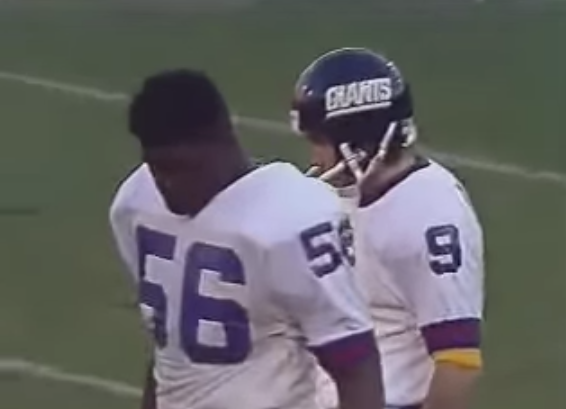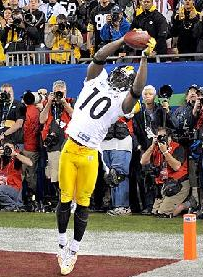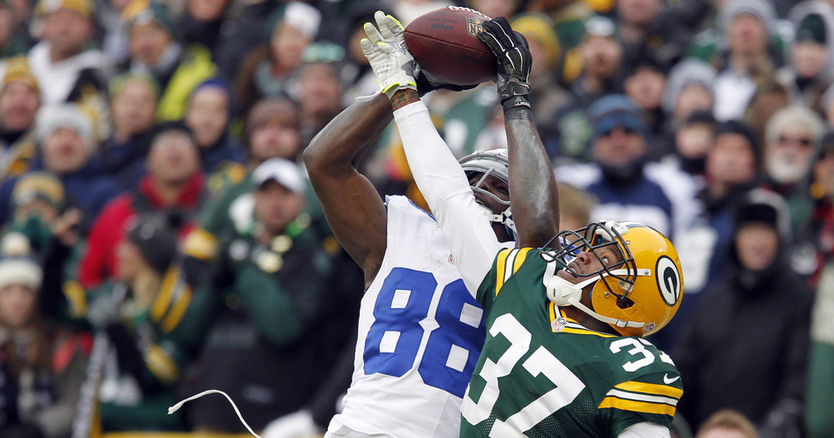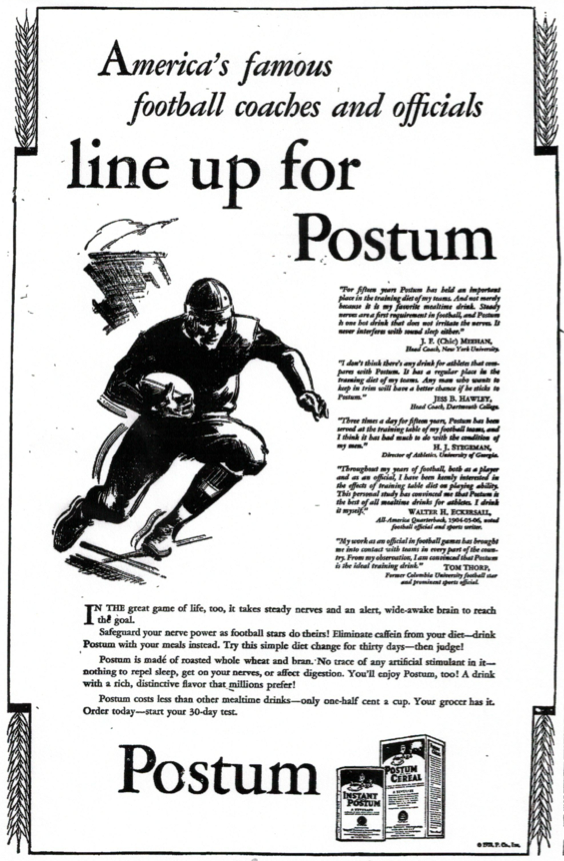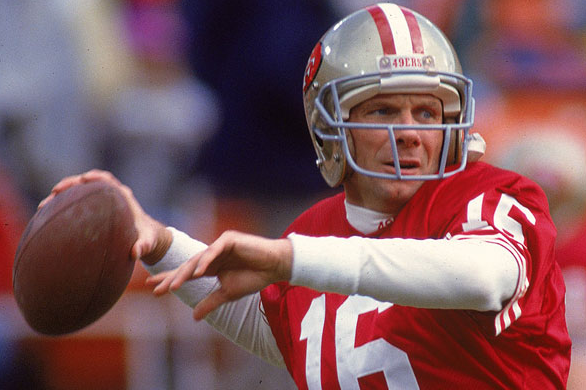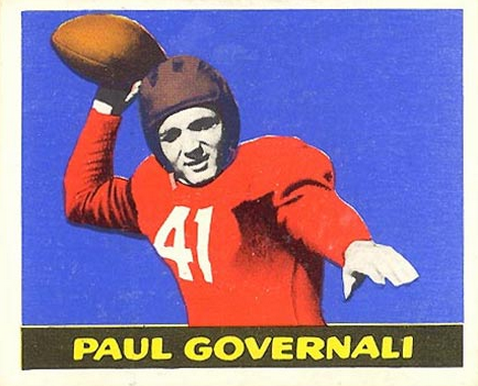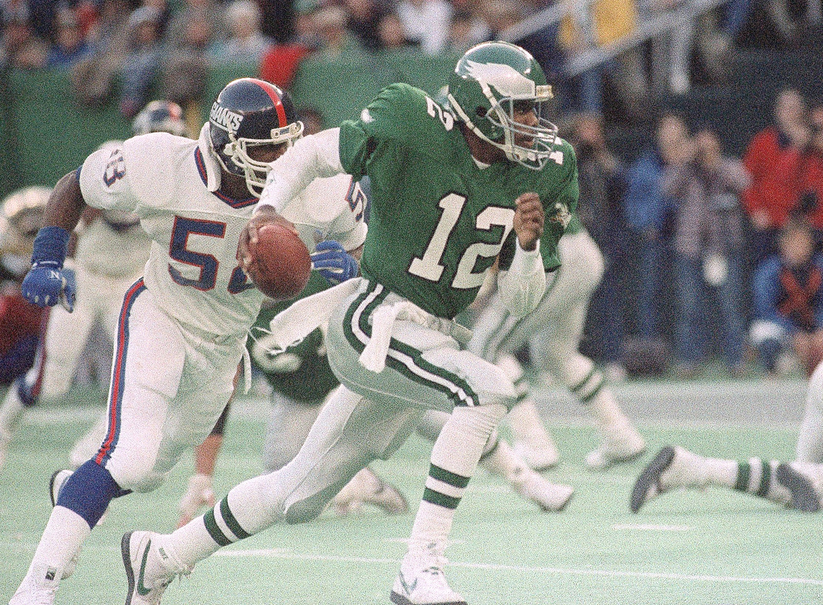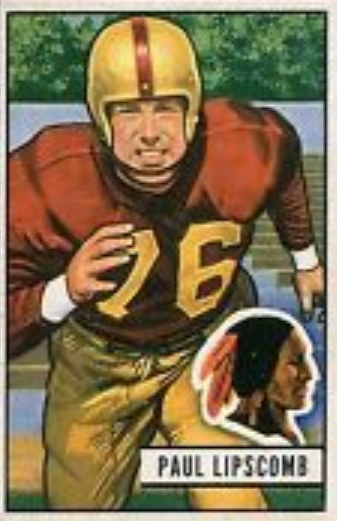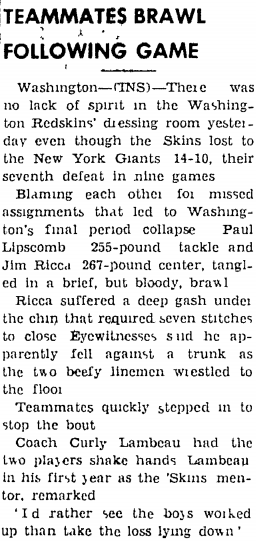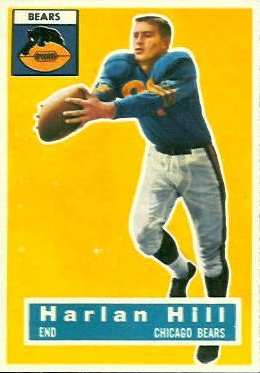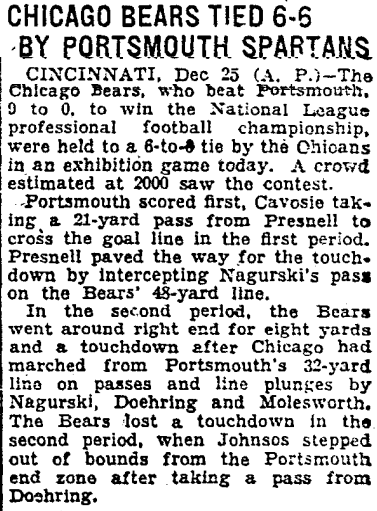The defending NFL champions host the conference title game Sunday with a chance to go back to the Super Bowl. Which makes you wonder: Have the champs ever lost in this situation?
Answer: Once in 48 years.
It’s something for Wisconsinites to think about as the Packers head to Seattle for the NFC championship game. Yes, the Seahawks won it all last year, and yes, they have the home-field advantage. But a Green Bay victory wouldn’t be unprecedented — just almost.
Here are the nine previous times we’ve had this kind of matchup. Obviously, it isn’t easy to get the stars to align properly; that’s why it’s happened so seldom. You have to win the Super Bowl, of course, which is hard enough, but then you have to come back the next year and post the best record in your conference (except in one instance). In other words: no Super Bowl Hangover.
That’s why the teams on the following list are so recognizable. They were pretty special.
DEFENDING CHAMPIONS WHO HOSTED THE CONFERENCE TITLE GAME
[table]
Year,Team (W-L),Conference Title Game,Super Bowl
1998,Broncos (14-2),Beat Jets\, 23-10,Beat Falcons\, 34-19
1993,Cowboys (12-4),Beat 49ers\, 38-21,Beat Bills\, 30-13
1990,49ers (14-2),Lost to Giants\, 15-13,DNA
1989,49ers (14-2),Beat Rams\, 30-3,Beat Broncos\, 55-10
1982,Redskins (14-2),Beat 49ers\, 24-21,Lost to Raiders\, 38-9
1978,Steelers (14-2),Beat Oilers\, 34-5,Beat Cowboys\, 35-31
1975,Steelers (12-2),Beat Raiders\, 16-10,Beat Cowboys\, 21-17
1973,Dolphins (12-2),Beat Raiders\, 27-10,Beat Vikings\, 24-7
1967,Packers (9-4-1),Beat Cowboys\, 21-17,Beat Raiders\, 33-14
[/table]
(The 1967 Packers-Cowboys game — the celebrated Ice Bowl — was actually the NFL title game, the winner of which advanced to the Super Bowl against the AFL champ.)
As you can see, only the 1990 49ers failed to win — and they were going for a three-peat, so maybe we can cut them a little slack. In fact, seven of the other eight went on to take the Super Bowl, which bodes well for the Seahawks as they try to go back-to-back.
But again, you can’t rule out the Packers, historically speaking, because of this:
Here’s the longer version if you want to get the full flavor of the moment:
The moral: Difficult, but not impossible.
Postscript: Did you catch, by the way, that Lawrence Taylor was on the Giants’ field goal protection unit? Gotta love it.

